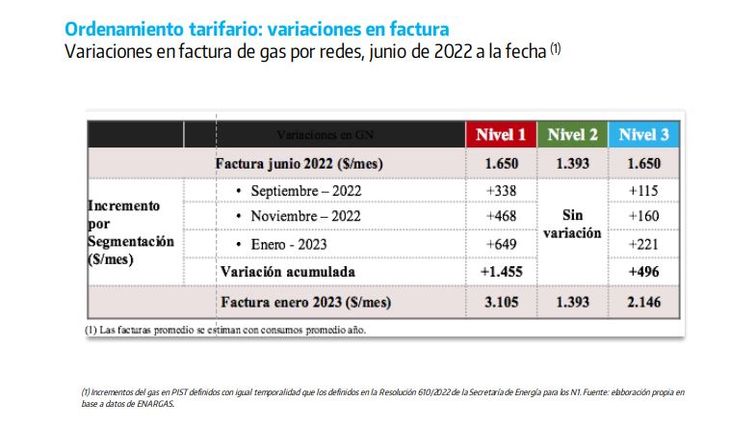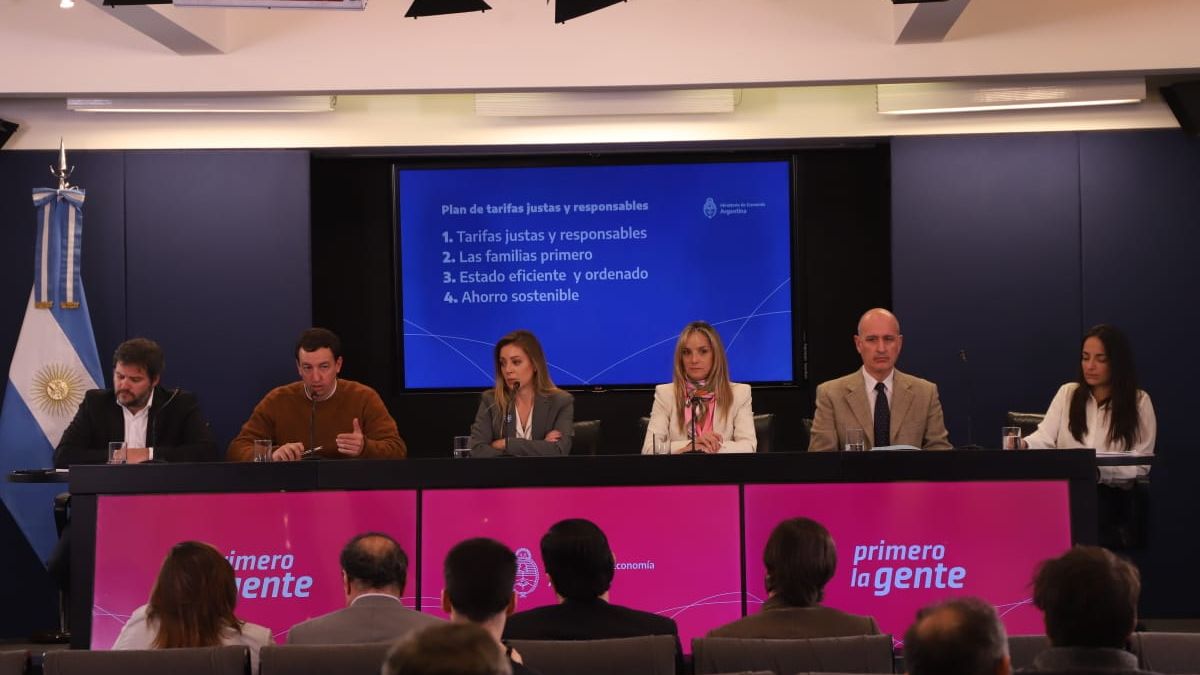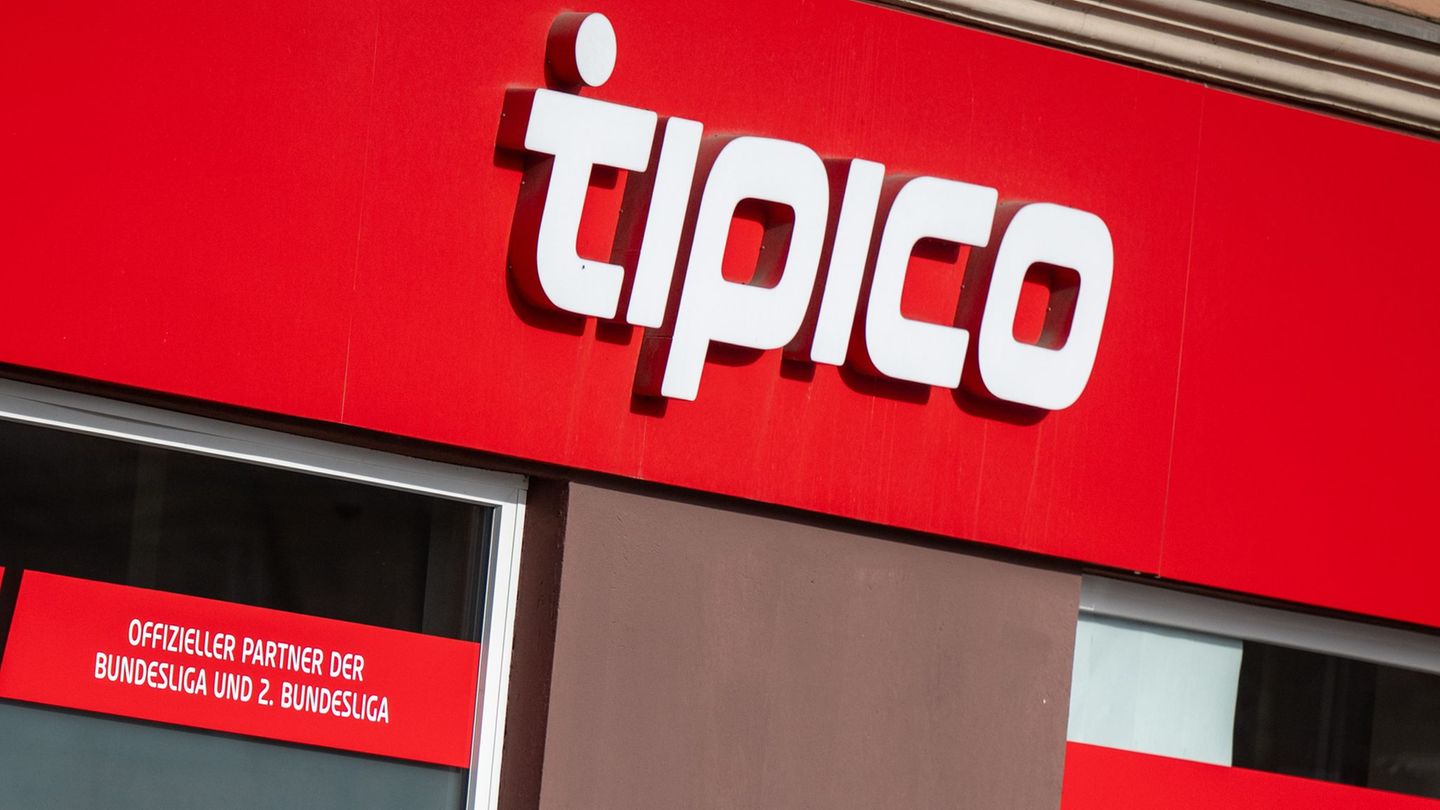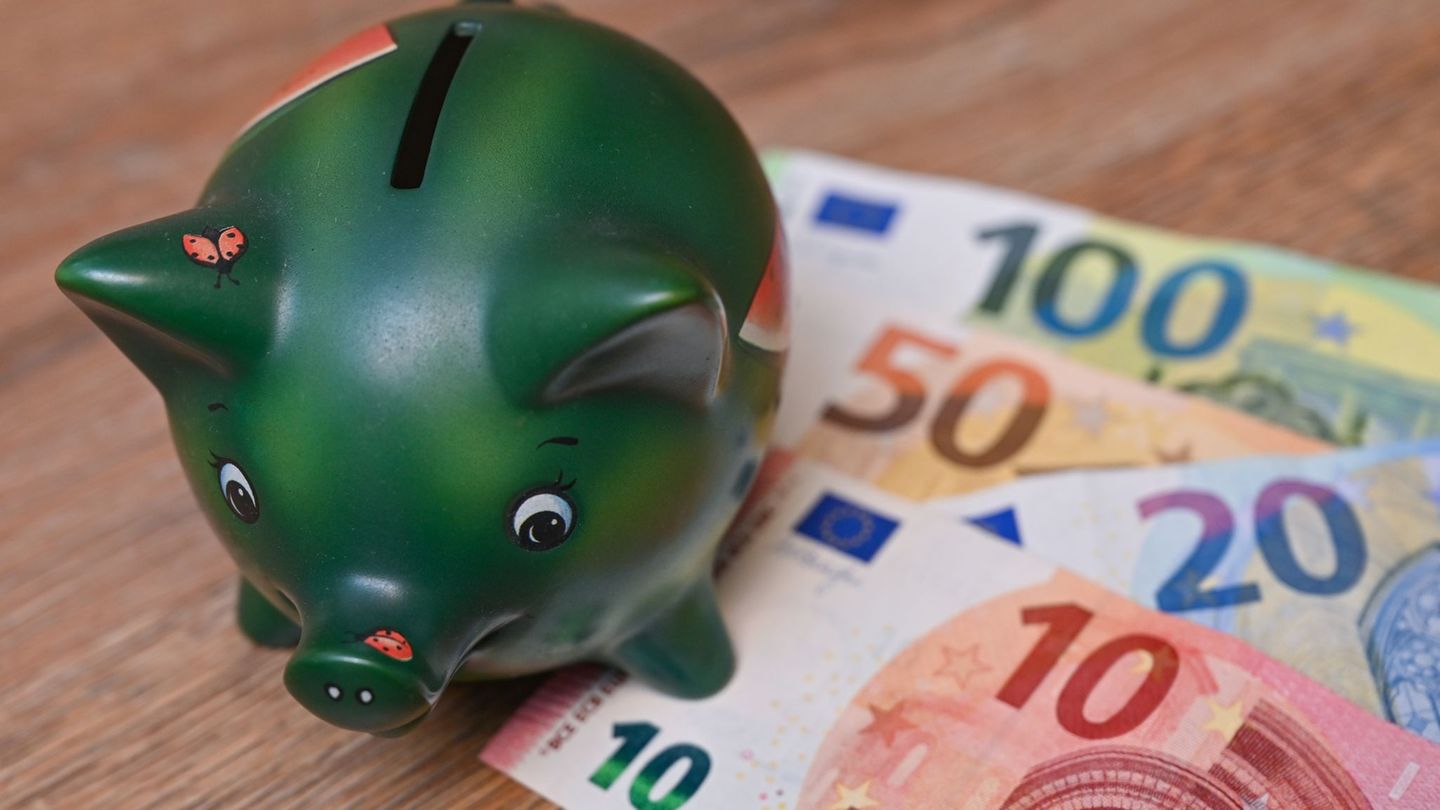It should be noted that the economic team is committed to reducing the deviation of 0.7% GDP to meet the goal agreed with the IMF of 2.5 deficit for this year.
1.JPG picture
Secretary of Energy, Flavia Royon estimated that for the remainder of the year the tax savings in terms of electricity and gas will be $47,500 million, while the owner of AYSA, Malene Galmarini pointed out that in the case of water, the savings will be $2,000 million in 2022 and $45,000 million for next year.
These details were given in an extensive press conference given by the head of the Energy portfolio and accompanied by the head of Argentine Water and Sanitation, Malena Galmarini, the Secretary of the Treasury, Raúl Rigo, and the undersecretaries of Electric Power, Santiago Yanotti, of Hydrocarbons, Federico Bernal, and of Energy Planning, Cecilia Garibotti.
From the government it is interpreted that the segmentation resolved “It is not an increase in rates, but a redistribution of subsidies”according to Galmarini,
The owner of Aysa explained that the subsidies are received by all users in a general and homogeneous manner, and therefore unfair, and anticipated that the objective is to work towards the “micrometering of all the accounts, measuring each house, the consumption of each family, to be able to readjust this rate chart in the future.”
For his part, Royon asserted that “What we are doing with gas, electricity and water is to redistribute so that those who have the ability to contribute make a greater effort than those who do not.”
“The average increase in energy, adding electricity and gas, will be around 1,200 pesos,” as pointed out by Royón and maintained that for “It is estimated that an average home should consume 250 kilowatt hours per month and the cut (of the subsidy) was made at 400″.
For the case of Wateron average the increase between November and June next year it will be 1,000 pesos, according to the company. The removal of the subsidies will be by zones: Federal Capital, North, West, Southeast and Southwest, within the residential users will be those of high level, which imply 14% of the cases; medium, 27%; and medium low, 47%; while non-residential are 9%.
2.JPG picture

Those corresponding to the high level as of November will not have a subsidy. The middle level will have a discount of 40% in November and in January of 20% reaching March 2023 without state aid. Meanwhile, the low level will have a reduction of subsidies of 45%, in January to 30% and March to 15%, to keep them at that percentage.
For the high segment, the average bill is between $841 and $2,099 in July 2023; Mid Tier from $744 to $1,873; and those of medium-low level from $707 to $1,500. The social rate will continue at $206 and non-residential users will go from $1,814 to $7,026.
It should be remembered that Aysa had a rate increase of 20% as of July and the remaining 10% continues to be applied from October.
electricity and gas
Regarding gas rates, the Undersecretary of Hydrocarbons, Federico Bernal argued that a user of middle sectors (level 3) who in June paid a gas bill of $1,650, at the end of the gradual removal of the subsidy will pay $2,146, which implies an adjustment of 30.06%.
For his part, the undersecretary of Electric Power, santiago yanottispecified that in the case of an Edesur user with an average consumption of 300 kWh, the amount of the invoice without taxes will go from $1,467 to $2,285, with an adjustment of 55.76% at the end of the third stage of increase.
In the case of electricity, the consumption limit will be 400 kWh per month (550 kWh in areas without network gas service) and in the case of gas it will be variable, according to categories and sub-areas throughout the country. Bernal, explained that this cap will have as reference “the volume equivalent to 70% of the average between the minimum and maximum thresholds of each category”, while the surplus 30% would be exempt from subsidies, which will be phased out up to 167% of the wholesale price of gas.
One of the points that became clear from the conference is that those who have a Social Rate will continue to be assisted.
Likewise, the registry by which subsidies can be counted on is still open and, in addition, the authorities will try to identify those users who need the subsidy, but, for various reasons, have not registered.
The Secretary of Energy explained that “4.5 million users and 3.5 million in gas have not registered for electricity,” he added. It should be remembered that these users agree to lose State subsidies.
3.JPG picture

Doubts
In short, the government made the decision to gradually dismantle the tariff subsidies – the transportation issue still remains – with a gradual scheme and contemplating the lower income sectors.
Although it is true that the values of the rates are low on average, it is also no less true that the average income of the population has been deteriorating due to inflation.
At the conference it is not very clear what the rate schedule will be for next year and whether rates will be adjusted for inflation.
Likewise, businesses and productive sectors are considered among the high categories where in some cases they will immediately lose subsidies, an issue that will impact inflation, although officials avoided analyzing the inexorable pass through.
Source: Ambito
David William is a talented author who has made a name for himself in the world of writing. He is a professional author who writes on a wide range of topics, from general interest to opinion news. David is currently working as a writer at 24 hours worlds where he brings his unique perspective and in-depth research to his articles, making them both informative and engaging.




